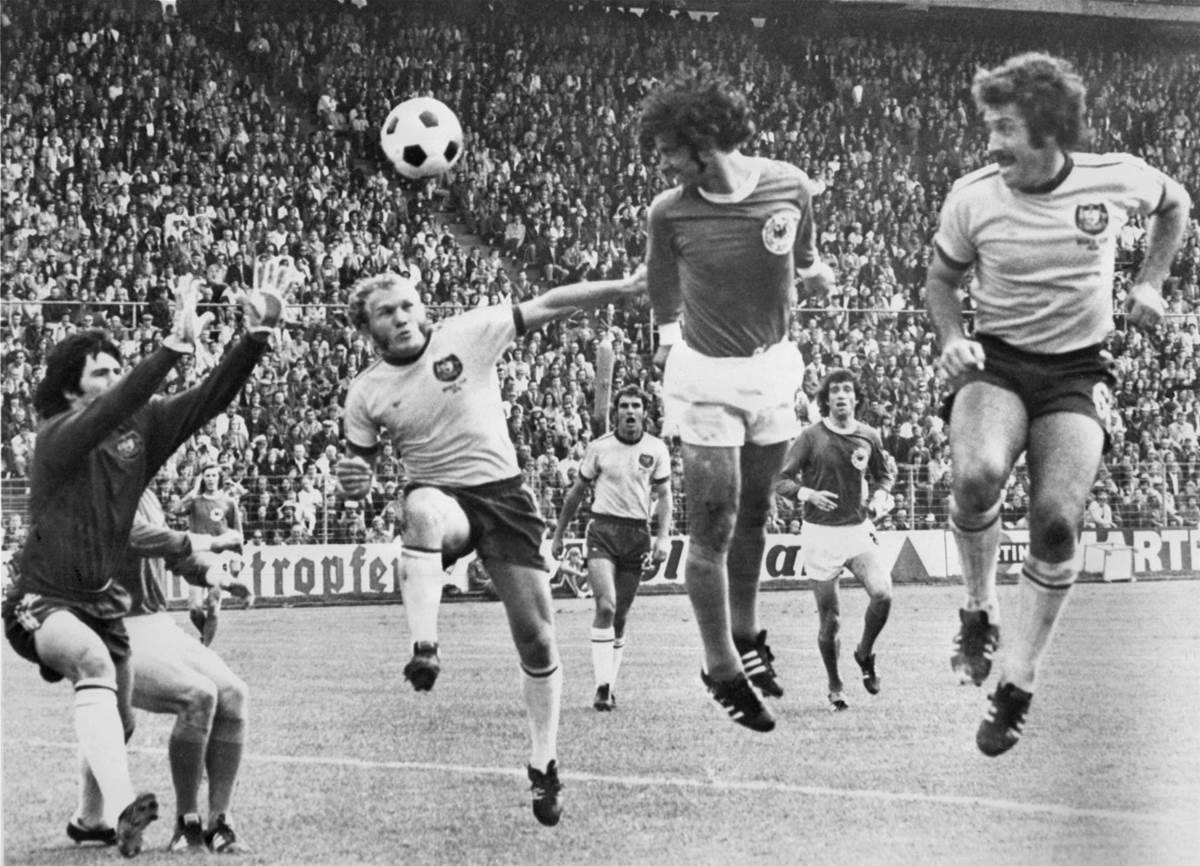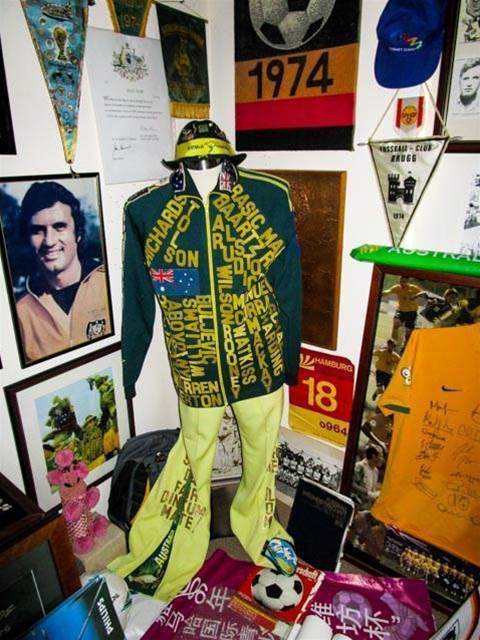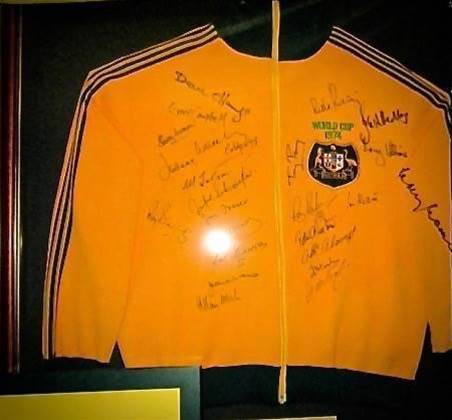The first coach to qualify Australia to a World Cup, Rale Rasic, arguably houses the greatest collection of memorabilia from the Socceroos appearance at Germany 1974.
‘The Australian Football Museum’, as Rasic calls it, contains tracksuits and jersey’s worn in Germany, a World Cup cashmere blanket and ball given to the 16 coaches and even a bell from the Lord Mayor of Hamburg.
When the Socceroos took on the might of eventual winners West Germany, as well as East Germany and Chile in their three group games, the team was made up of part-time players which reflected Australia’s multicultural society.

Rasic told FourFourTwo that the memorabilia he kept from Germany 1974 is priceless.
“It means the world,” he said. “It's a memory that as a human being can never ever, ever, ever get taken away from me.
“I’m very proud of the country and to be the first team from the country to achieve World Cup qualification.
“In the line-up you can see the picture of what it meant to be a Socceroo. Everybody is spotlessly dressed and is standing up and still.

“There were six different nationalities that I had in the team and they all proudly sang the national anthem.”
What makes the memorabilia so special for Rasic is the people associated with the items, and one piece the 82-year-old feels very connected to is the uniform worn by the late Socceroos mascot.

“Jim Scane took our team out onto the field in Germany before our games,” he said.
“He was an Englishman who was captured in France and became a prisoner of World War Two in Germany. When he was released he went to live in England and then he lived here in Australia and became our mascot.
“In one hand he held a koala and in the other hand a kangaroo and had a suit with all our names on the back as well as all our opponents.
 Source: imago
Source: imago
"It’s an amazing story, that this prisoner of war had something to do with us and helped our motivation.”
Another of Rasic’s most prized possessions from the 1974 World Cup is an artwork of the entire squad that was drawn by the late Australian artist Tony Rafty.
As well as the '74 Socceroos, during his career Rafty drew the Beatles during their 1964 tour of Australia, famous actors like Bette Davis, world leaders Ghandi and Winston Churchill and football legends Pele and Maradona.
The drawing of the '74 World Cup Socceroos squad hangs proudly in Rasic’s ‘Football Museum’ and he feels that Rafty’s contribution to the team must be recognised.

“Those caricatures will last forever,” he said. “During that period Tony became a friend of mine and part of the Socceroos.
"Tony died just three days off turning 100 and when he passed away we lost a member of our family. Memories of Tony Rafty cannot disappear.
“Jim Scane, our mascot, and Tony Rafty are what we called members of the Australian starting 11. They were part of the team and every member of the Socceroos felt that they were important.”

Main picture source: Steve Dimitriadis.
Related Articles

Champion A-League coach set to join Premier League giants

Split decision: Popovic in mix as Hajduk hunt new boss













